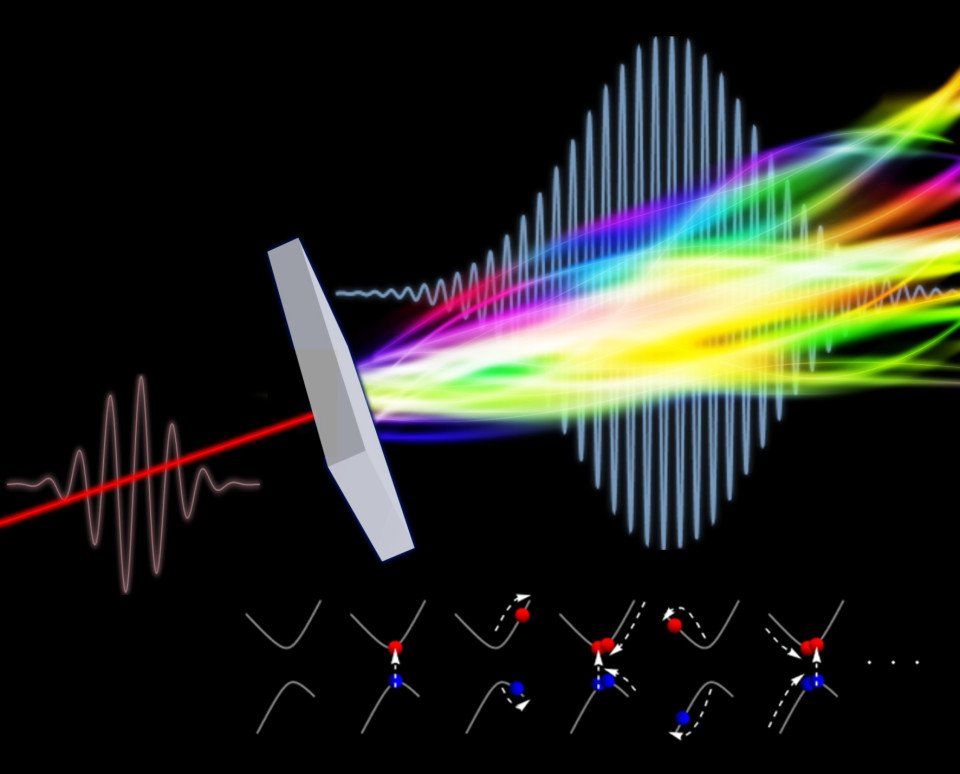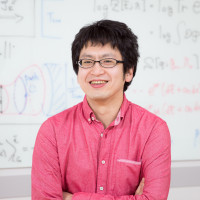RIKEN Research: Modeling high-harmonic generation without resorting to perturbation theory
An advanced mathematical model that can describe high-energy interactions between light and matter has been developed by two RIKEN researchers and a collaborator [1]. The approach could be extended to offer new insights in other areas of physics.
High-harmonic generation is a powerful technique that converts laser light from one wavelength, or color, to another. Put simply, it converts a low-energy, long-wavelength photon into multiple higher energy, shorter wavelength photons.
High-harmonic generation has several applications. For example, it offers a way to create table-top sources of extreme ultraviolet or x-ray light using lasers, rather than expensive synchrotron facilities. High-harmonic generation can also produce ultrashort light pulses, as short as one attosecond ($10^{-18}$ second) or maybe even one zeptosecond ($10^{-21}$ second), which are useful for imaging extremely rapid processes such as those that occur in atoms. But high-harmonic generation is inherently difficult to model mathematically, and thus understand fully.
Now, Hidetoshi Taya and Masaru Hongo from the RIKEN Interdisciplinary Theoretical and Mathematical Sciences (iTHEMS) Program, together with their colleague Tatsuhiko Ikeda from the University of Tokyo, have developed an analytical approach to high-harmonic generation in the so-called non-perturbative regime for the first time.
To read more, please visit the related link.
Reference
- Taya, H., Hongo, M. & Ikeda, T. N., Analytical WKB theory for high-harmonic generation and its application to massive Dirac electrons, Phys. Rev. B 104, L140305, doi: 10.1103/PhysRevB.104.L140305



